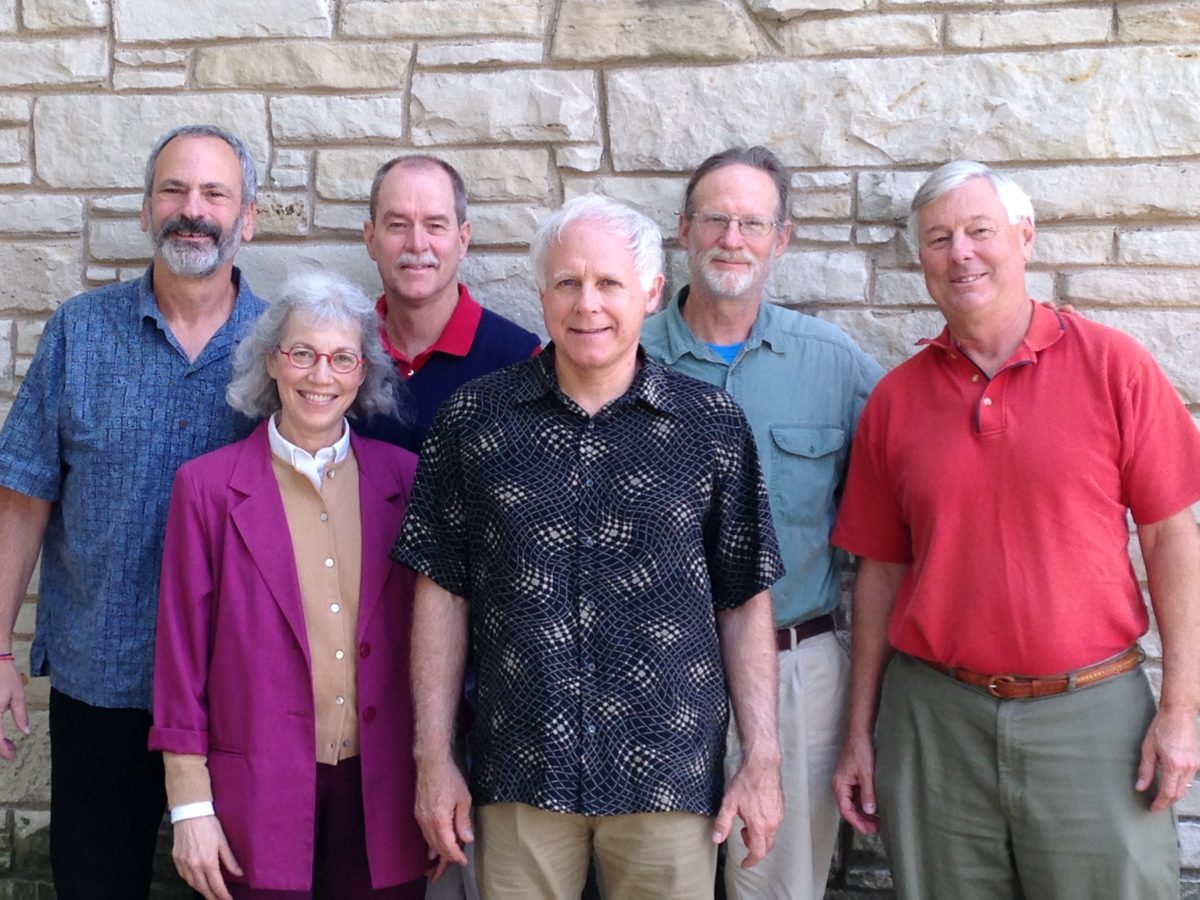Compassionate Presence in Prison
By David Haskin

It was the type of confrontation that is all too common in prison. Albert walked into a common area in his prison housing unit, and another inmate started loudly threatening him. An angry group circled the two men.
Compassionate Presence in Prison
By David Haskin

It was the type of confrontation that is all too common in prison. Albert walked into a common area in his prison housing unit, and another inmate started loudly threatening him. An angry group circled the two men.
“I could feel my fists clench automatically,” Albert recalled later. “And, without thinking, I started toward him and was yelling stuff back at him. There was going to be a fight. And then … I remembered to take a breath.”
In prison, a primary focus of meditation and mindfulness training is the desperately practical need to alleviate suffering. With the support of SnowFlower Sangha’s Coming Home Project, Albert had been meditating and studying the teachings for three years and, using his practice, he was able to create peace in a challenging situation.
“I took a breath and felt my anger,” he recalled. “Then, I backed away. When I was far enough away, I raised my hands to him to tell him there’d be no fight, and I just walked away. Three years ago, there would have been a fight and I would have wound up in segregation [solitary confinement].” And solitary confinement can be a breeding ground for horrible suffering.
HE SPACE OF A BREATH
SnowFlower’s Coming Home Project operates in two venues. Some members work outside the prison to advocate for a more racially just and humane criminal justice system. In particular, this group is part of a statewide faith-based organization working to change harsh sentencing laws. In addition, the group helped develop a life-size replica of a solitary confinement cell in which people can sit to begin to understand the suffering that can come from detention alone in a small place, sometimes for long periods of time.
Four SnowFlower Sangha members, and others from another local Sangha, work inside the prison walls. Our first aspiration is to bring a caring presence to prisoners. We also teach mindfulness and meditation to help inmates navigate the profound challenges of prison life with more peace and equanimity, and also to increase their chances of success after they are released. The “inside crew” initiated the first program in the US to systematically bring mindfulness and meditation to those subjected to the potentially dehumanizing conditions of solitary confinement.1 We also facilitate other mindfulness groups and offer one-on-one pastoral care in several prisons.
We begin by teaching the practical skill of breathing mindfully to return to the present moment. This is the practice that enables us all, whether we are prisoners or not, to put a breath between a trigger and a habitual reaction. In the space of that breath, we can choose how to act with awareness and compassion rather than reacting automatically, out of habit energy. Then we naturally move on to other aspects of the Dharma, including why we suffer, the nature of impermanence, interbeing, joy, gratitude, and compassion.
EMBODIED INTERBEING
This practice has been richly rewarding for both the Coming Home volunteers and the prisoners. We regularly hear from inmates about how mindfulness has helped alleviate suffering inside the walls of prison. For instance, Albert’s story didn’t end when he walked away from a confrontation. A couple of days later, he found himself alone in the common area of his unit with his one-time adversary.
“I was going to walk away, but I decided to sit down across from him,” Albert recalled. “I told him that nobody deserved to hear the curses I had aimed at him during our confrontation, and that I was sorry that I hurt his feelings. I also told him that I didn’t deserve to hear what he was yelling at me. It was like he was stunned. Then, he apologized and put his fist out [for a fist bump], and we haven’t had any trouble ever since. In fact, sometimes we talk and it’s friendly.”
A small island of peace was created that day. And, as Thay teaches, peace ripples out. A couple of months later, another inmate told me: “I was there. The guy Albert almost had a fight with was a really hard guy, but he understood what happened and now he’s more mellow, more open. That was an important event on our [housing] unit.”
Perhaps we volunteers go into prison to bring a compassionate presence and to support mindfulness and meditation. But we get so much more from our prison practice than we can ever give. The fruits of this practice begin by understanding at a gut level that we all suffer, and that we all have causes and conditions for our suffering. In this way, we volunteers are no different from prisoners. Our connection with people who, superficially, may have led very different lives than ours is a true practice of embodied interbeing; we know that we are all in this together, no matter what our personal histories.
And to see the diligent practice of prisoners, many of whom grew up with little caring, and who live in conditions that are sometimes harsh, is profoundly moving and inspires us to practice more diligently.
1 The group described in this article was the first meditation group held in solitary confinement in the US. To learn more about solitary confinement in US prisons, visit Solitary Watch: http://solitarywatch.com/.
David Haskin, True Lotus Taste, has been a student of Thich Nhat Hanh and a member of SnowFlower Sangha in Madison, Wisconsin, since 1993, when he took the Five Mindfulness Trainings. He was ordained into the Order of Interbeing in 2006. In addition to teaching mindfulness to prisoners, he has also taught it to returned combat veterans and to those recovering from addictions.

